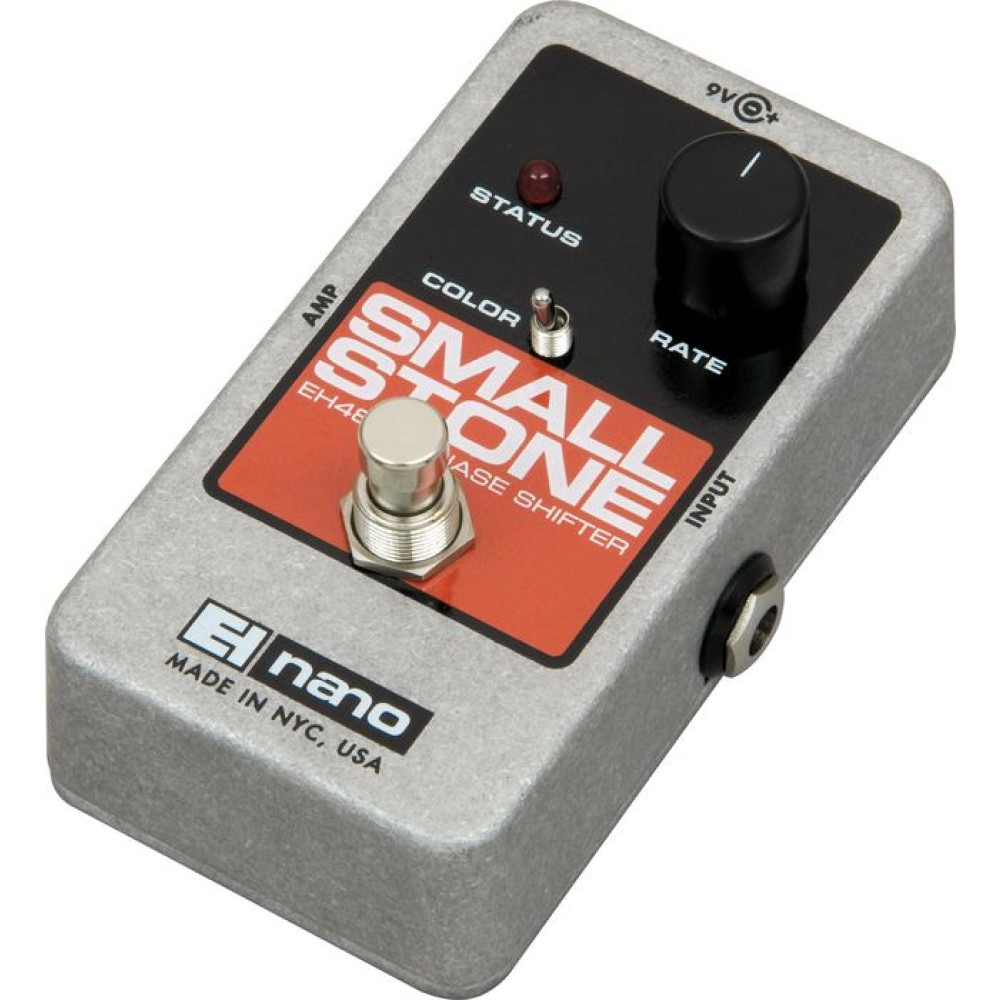

PHA-979 features multi-band analog-style correlation meter that greatly simplifies phase- and time-aligning process. PHA-979 also provides mid/side channel balance and panning controls that permit you to record stereo microphone pairs into a single stereo track without resorting to dual mono recording (on separate tracks) which usually becomes time-consuming in a further editing. In other cases this process may help you to align drums and other instruments to each other bringing punch and time coherence not attainable by the ordinary time-aligning alone.īeside the phase shifting, PHA-979 features positive and negative time delaying that eliminates the need to move in-track events in the sequencer when doing time alignment over any set of recorded tracks. In many cases this allows you to solve various phasing problems arising from the microphone placement chosen during the tracking session. MAAT Incorporated has announced the release of RSPhaseShifter version 1. phaseshift: A new task phaseshift supports shifting of the phase center by arbitrary.
Phase shift for mac mac os#
PHA-979 is useful during mixing sessions, especially when working with the sound material recorded through an array of microphones. Mac OS 11: CASA 6.3 is supported on Mac OS 11 with x86 processors. What is meant by the phase shift here is simultaneous rotation of all frequencies across the active frequency range of the signal by the given value in degrees.
Phase shift for mac professional#
Even the notes from the programmers, in deep tech-speak, would be better than nothing.PHA-979 is a professional audio AAX, AudioUnit and VST plugin which allows you to apply an arbitrary phase shift to sound material. I wish Adobe offered any kind of tech reference for the line-by-line options settings.
Phase shift for mac trial#
and users are left to either reverse-engineer their function, or just stumble through incredibly time-consuming trial and error testing to infer their function & impact. But once you're past that basic training, the hoard of fine-tuning options seem to have little or zero documentation. Adobe does a nice job teaching at the "training wheels" stage, with all their video walk-throughs, their online manual, and forum. In general, I could sure use a line-by-line reference on these export options. Can anyone point me in the right direction? Other lengths (phase shift) for the transmission lines could be used if is required. Is it some kind of trick like phase inversion in a balanced line - where the 180° inversion in lead B allows cancellation of line-induced noised on recompositing leads A & B at the receiving circuit? If so, I can't find anything describing it. This 2-bit phase shifter can get 4 distinct phases: 0 (reference), 22.5, 45, and 67.5. right? But if so, then what do they mean by 90° phase shift in this panel ? Therefore, I must be misunderstanding what is meant here. Applying a 90° phase shift by default in all PrP exports would badly damage your sound, 99% of the time. I understand phase correction as something you apply very infrequently - only when phase gets messed up.


This seems wrong, because you can apply a hi pass filter more precisely in Audition, and such filters are not automatic improvements! So why do a "blunt-object" standardized high pass filter on every export?īut the shocking default is 90° phase shift. E.g., DC high pass filter is turned on by default. Feel free to correct me on that guess.) But Dolby has some weird default subsettings. (This is on the random hunch that PCM audio may be inferior. In exporting MPEG-Blu Ray, I'm trying Dolby Digital audio instead of the default PCM.


 0 kommentar(er)
0 kommentar(er)
